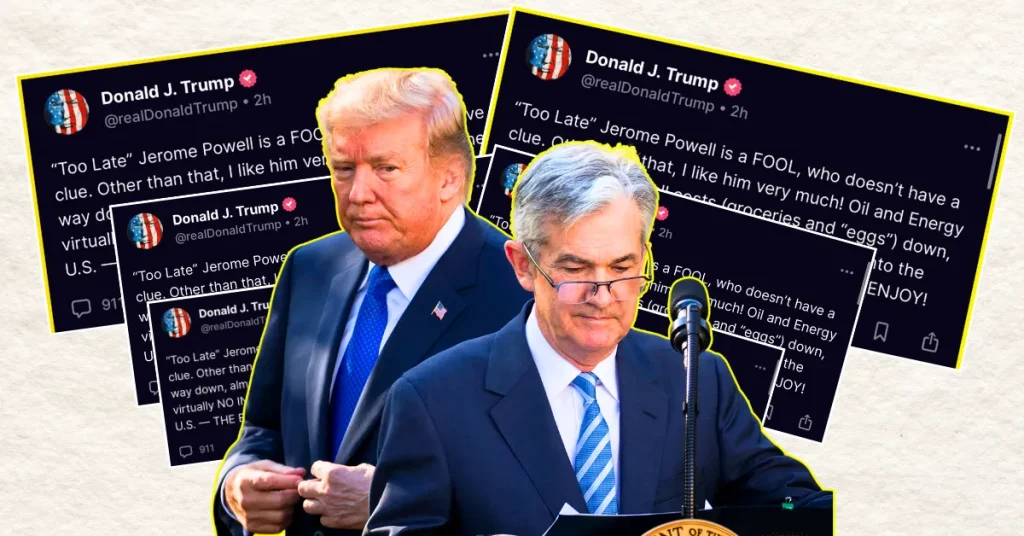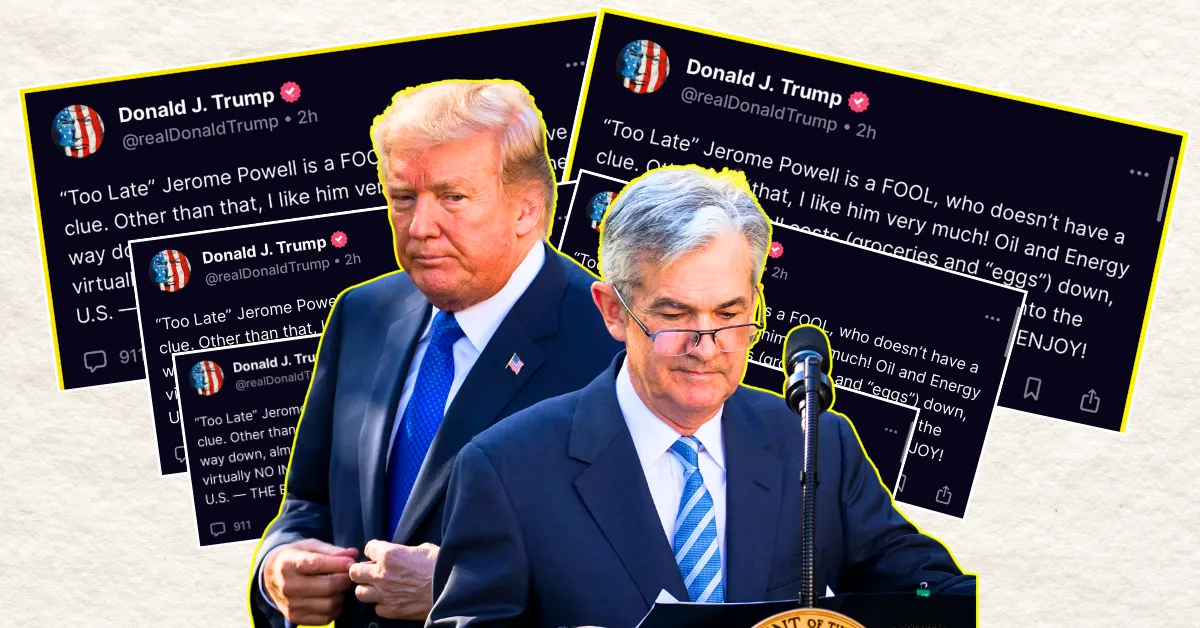
The relationship between the U.S. President and the Federal Reserve Chair has long been a delicate balance, rooted in the necessity of maintaining economic stability while navigating political pressures. The Federal Reserve, established in 1913, was designed to operate independently of political influence, a principle considered essential for its effectiveness. This independence allows the Fed to make decisions based on economic data and analysis, rather than succumbing to short-term political pressures. The rationale behind this independence is clear: politicians, driven by the need to win elections, may prioritize short-term gains over long-term economic health. The Fed, insulated from these pressures, can focus on maintaining price stability and full employment, even if those goals require unpopular decisions, such as raising interest rates to curb inflation.
The legal framework governing the Federal Reserve outlines specific, limited grounds for removing a Fed Chair. A President cannot simply fire a Fed Chair because they disagree with their policies. The law allows for removal “for cause,” which typically implies malfeasance, dereliction of duty, or some other form of demonstrable misconduct. Policy disagreements do not constitute “cause.” This legal protection is crucial for maintaining the Fed’s independence. Without it, the Fed Chair would be constantly looking over their shoulder, anticipating the President’s reaction to every policy decision. This would inevitably lead to the politicization of monetary policy, undermining the Fed’s ability to effectively manage the economy.
Donald Trump’s presidency brought this tension to the forefront, with his unprecedented and often scathing criticisms of Federal Reserve Chair Jerome Powell. Trump frequently accused Powell of “playing politics,” of being a “major loser,” and even suggested he should “resign immediately.” These attacks were often triggered by the Fed’s decisions to raise interest rates, which Trump believed were hindering economic growth. He argued that lower interest rates would boost the economy, leading to higher stock prices and greater job creation – all factors that would benefit him politically. Trump’s public pronouncements created an environment of uncertainty and instability, rattling markets and raising concerns about the future of the Fed’s independence.
The market’s reaction to Trump’s attacks on Powell was swift and significant. Investors feared that the President’s actions could undermine the Fed’s credibility and lead to policy errors. The prospect of Trump attempting to remove Powell, even if legally difficult, created a sense of instability that negatively impacted asset prices. Moreover, Trump’s constant pressure on the Fed raised concerns about the politicization of monetary policy. Investors worried that the Fed might cave to political pressure and make decisions that were not in the best long-term interests of the economy. This eroded confidence in the Fed’s ability to maintain price stability and manage the economy effectively.
The long-term consequences of Trump’s attacks on Powell could be significant. One of the most serious is the potential erosion of the Fed’s credibility. Central bank credibility is essential for effective monetary policy. If the public and the markets lose faith in the Fed’s ability to act independently and make sound decisions, it becomes much more difficult for the Fed to manage inflation and stabilize the economy. For example, if people believe that the Fed will cave to political pressure and allow inflation to rise, they will start demanding higher wages and prices, leading to a self-fulfilling prophecy of rising inflation. Similarly, if investors believe that the Fed is not committed to maintaining financial stability, they may become more risk-averse, leading to a contraction in credit and economic activity.
The ambiguity surrounding the “for cause” provision highlights the importance of maintaining strong norms and traditions of respect for the Fed’s independence. Ultimately, the Fed’s independence depends not only on legal protections but also on the willingness of political leaders to respect those protections. A Supreme Court decision further solidified the Fed’s independence, signaling that the President’s power to dismiss heads of certain regulatory bodies did not extend to the Federal Reserve Board. This ruling served as a critical check against potential executive overreach, reinforcing the legal framework designed to protect the Fed’s autonomy. The message was clear: the Fed operates with a degree of independence that shields it from direct political interference, ensuring its decisions are based on economic realities rather than political expediency.
Throughout Trump’s relentless attacks, Jerome Powell maintained a remarkably calm and professional demeanor. He consistently emphasized the Fed’s commitment to its dual mandate of price stability and full employment, and he reiterated the importance of the Fed’s independence. He avoided engaging in personal attacks and focused on communicating the Fed’s policy decisions clearly and transparently. Powell’s restraint was crucial in preserving the Fed’s credibility during a turbulent period. By refusing to be drawn into a political squabble, he signaled that the Fed was above the fray and committed to serving the best interests of the American economy.
The events surrounding Trump’s presidency underscore the importance of safeguarding the Fed’s independence. While the legal framework provides some protection, ultimately, the Fed’s independence depends on the willingness of political leaders to respect its autonomy and on the strength of the norms and traditions that support it. In an increasingly polarized political environment, maintaining the Fed’s independence will require vigilance and a commitment to upholding the principles of sound monetary policy. The delicate balance between political influence and central bank autonomy must be carefully managed to ensure the stability and prosperity of the American economy. The future may well depend on it.





